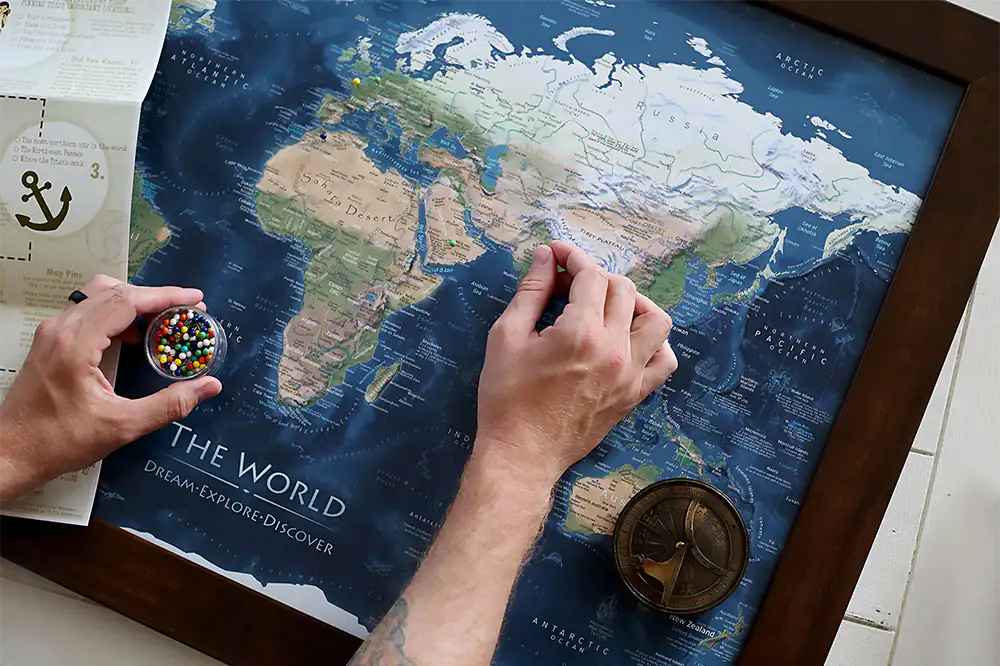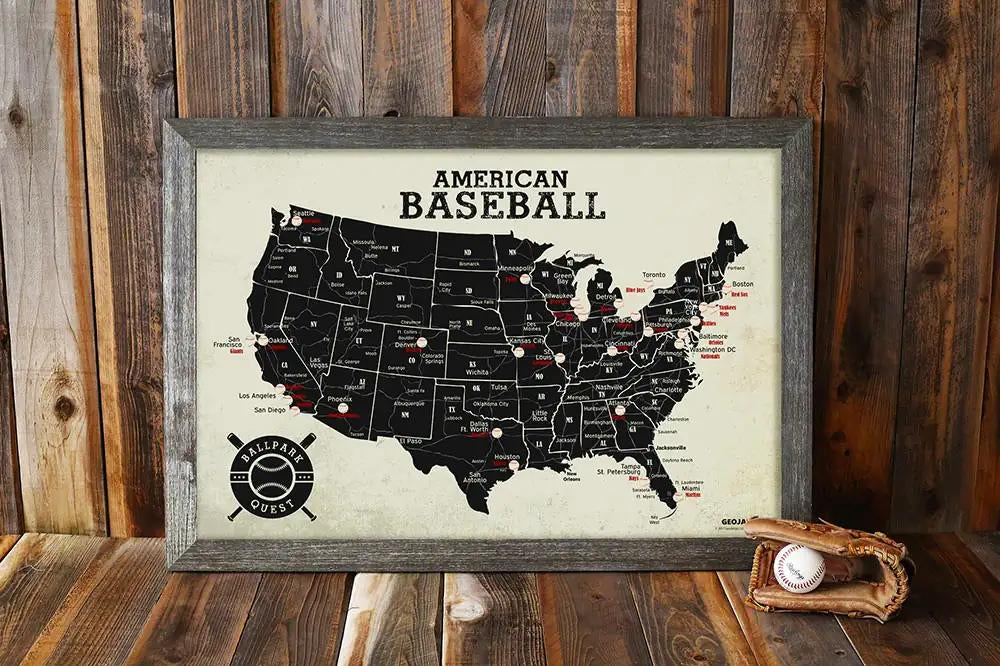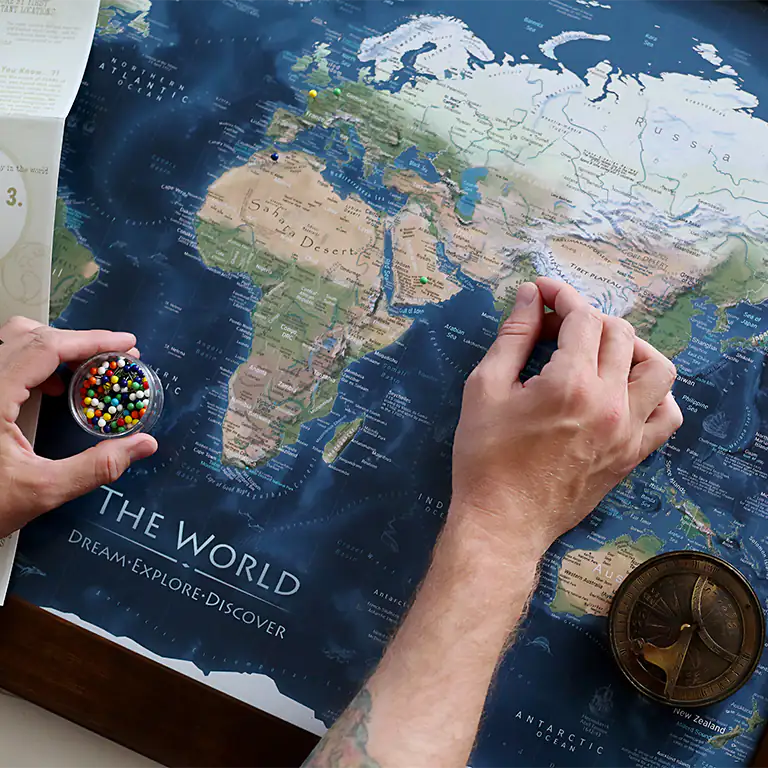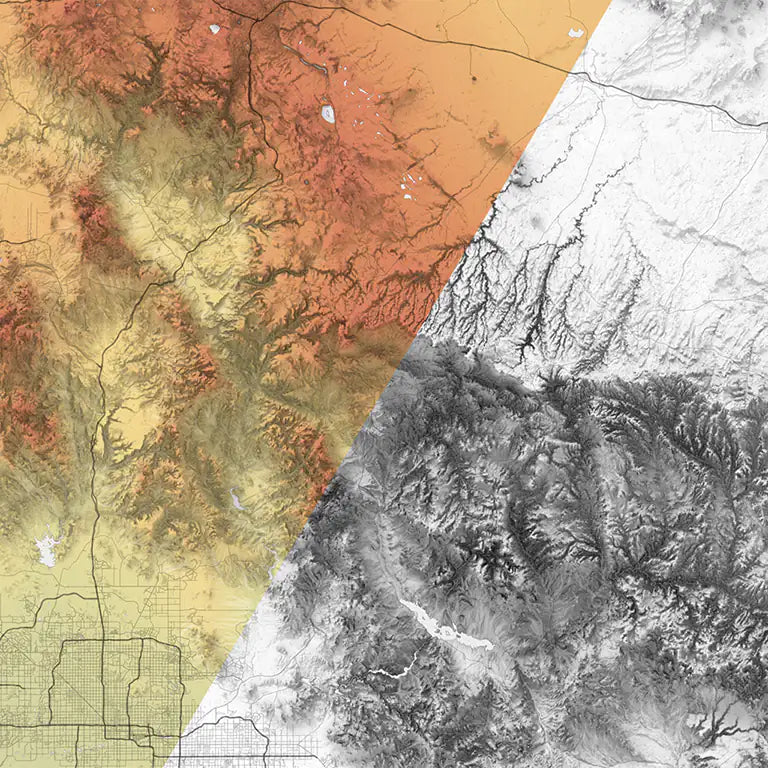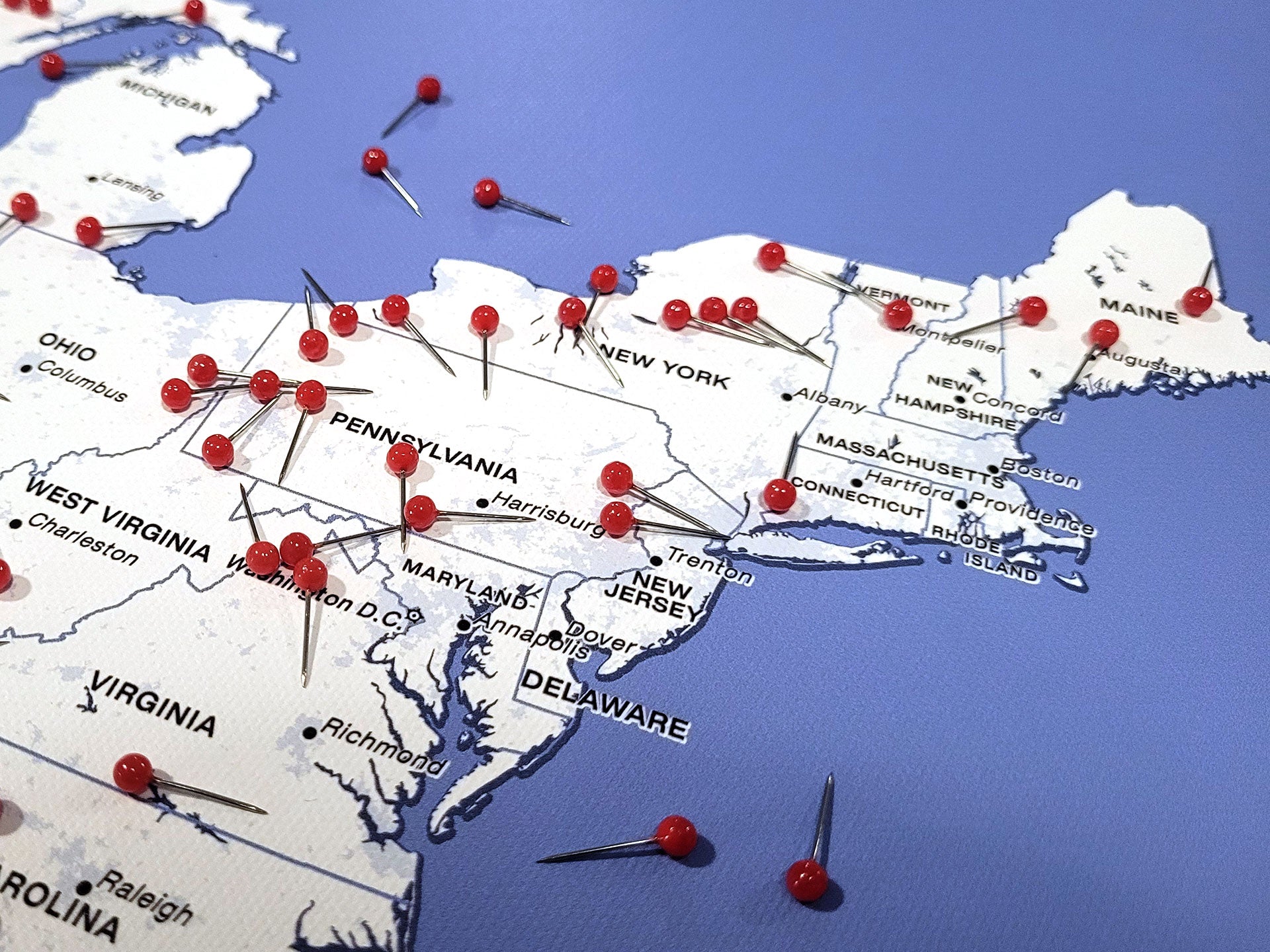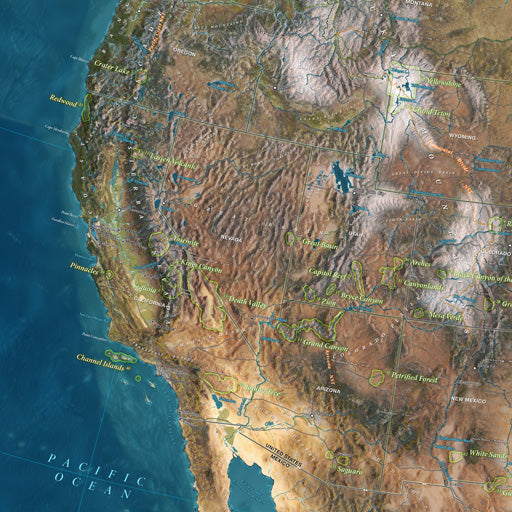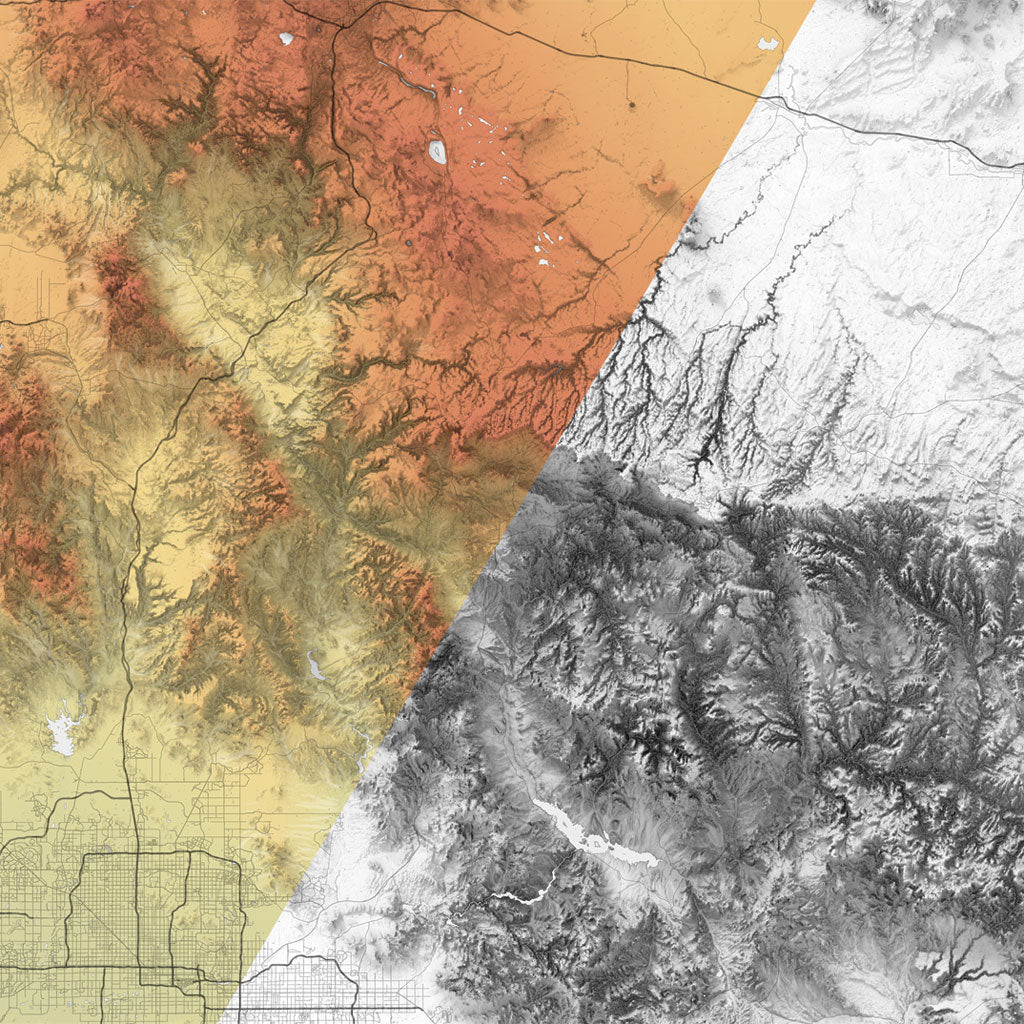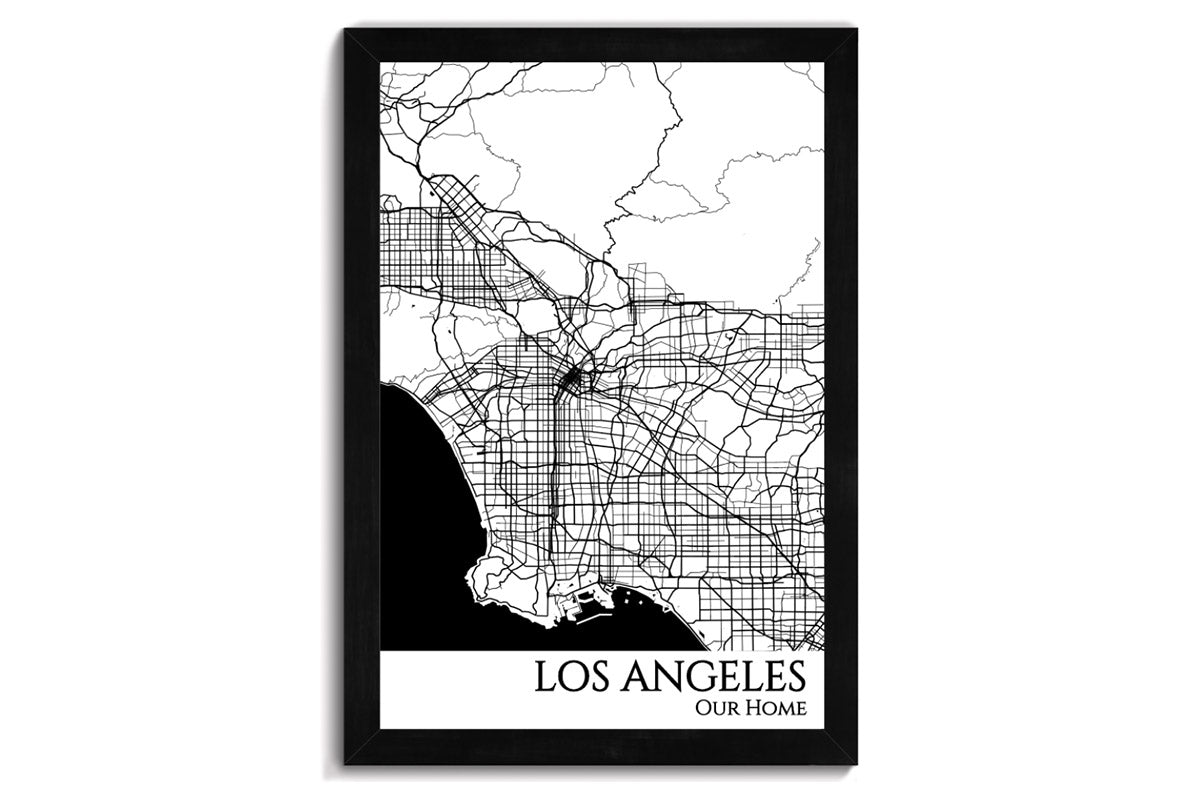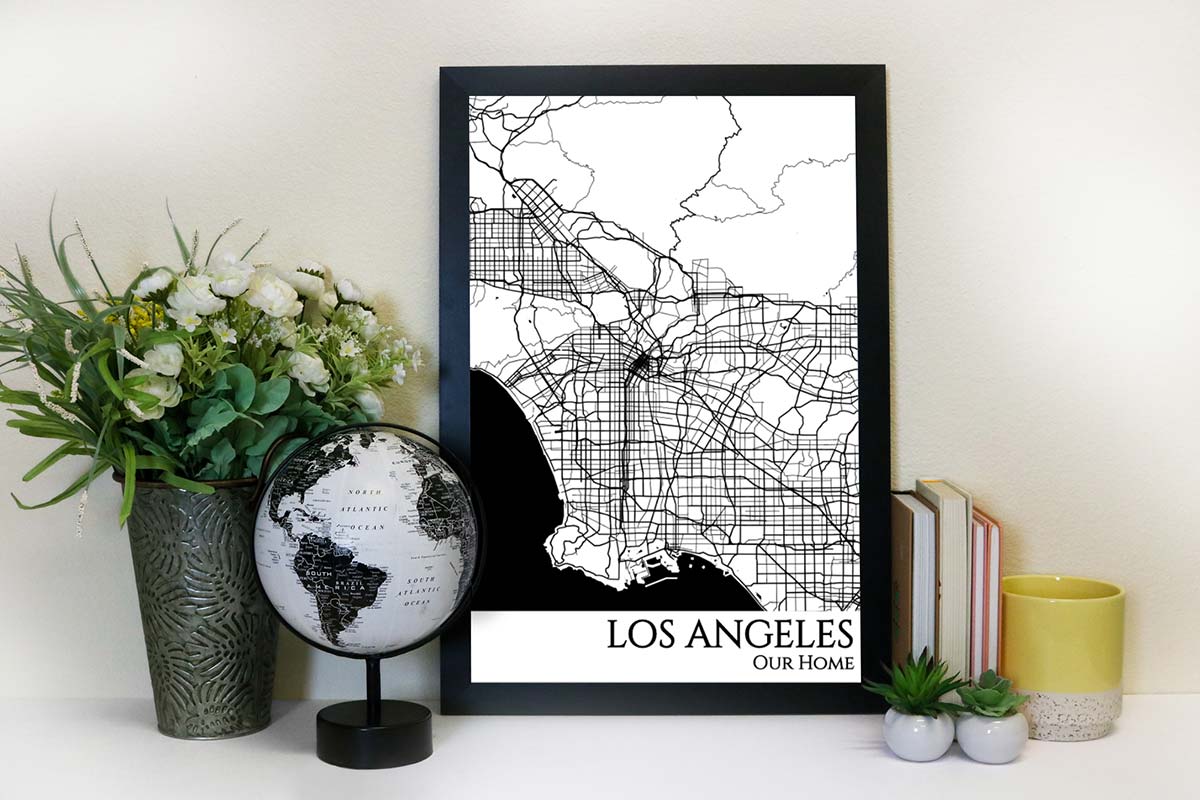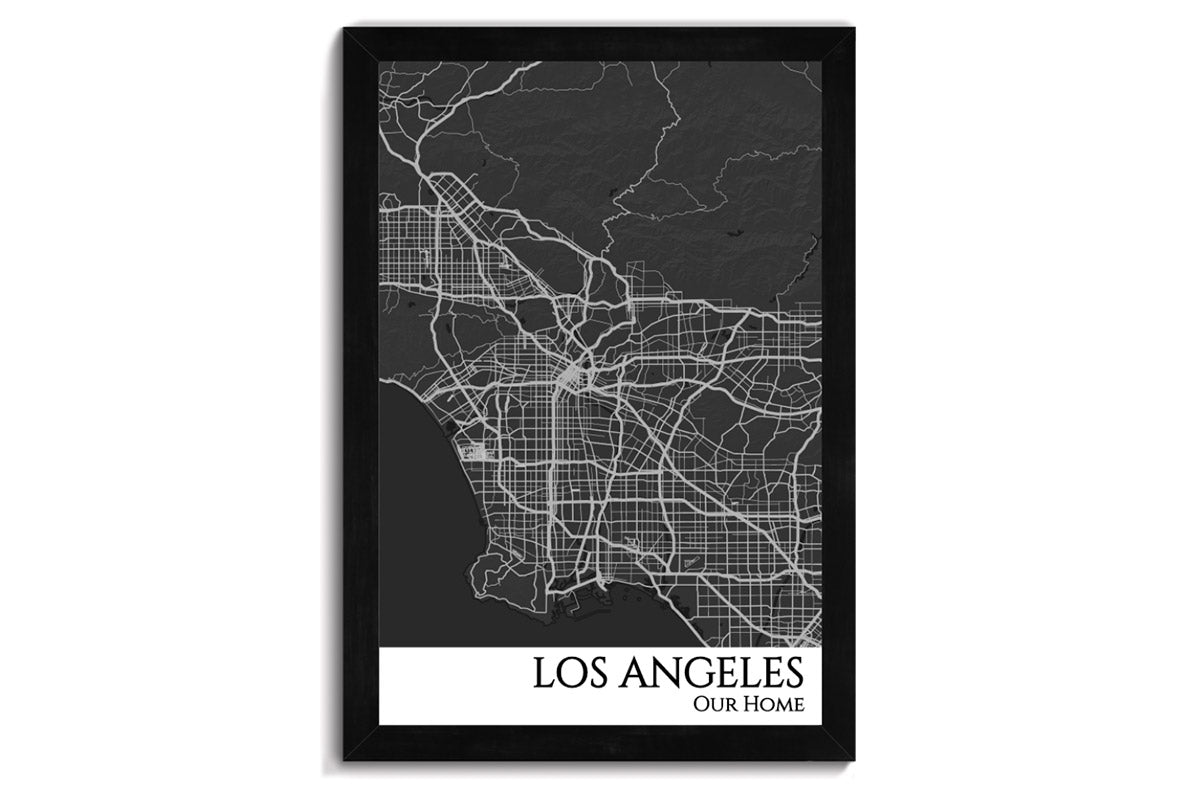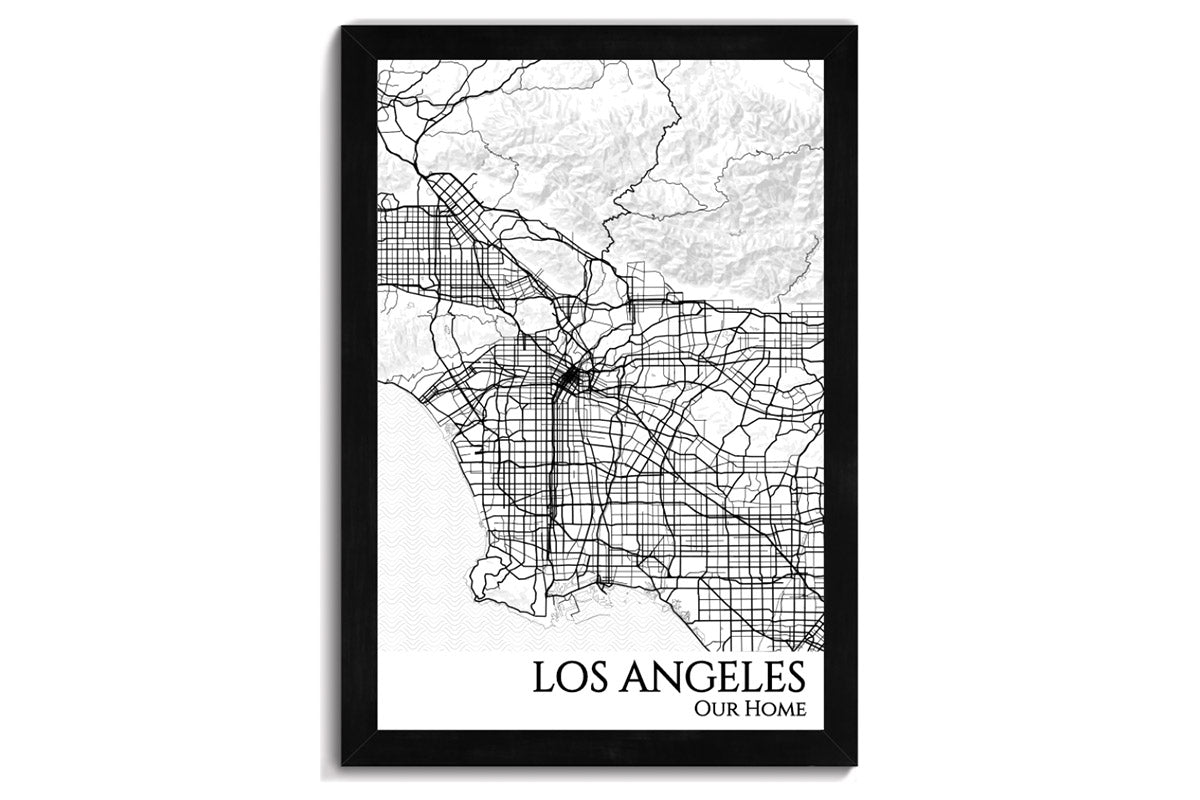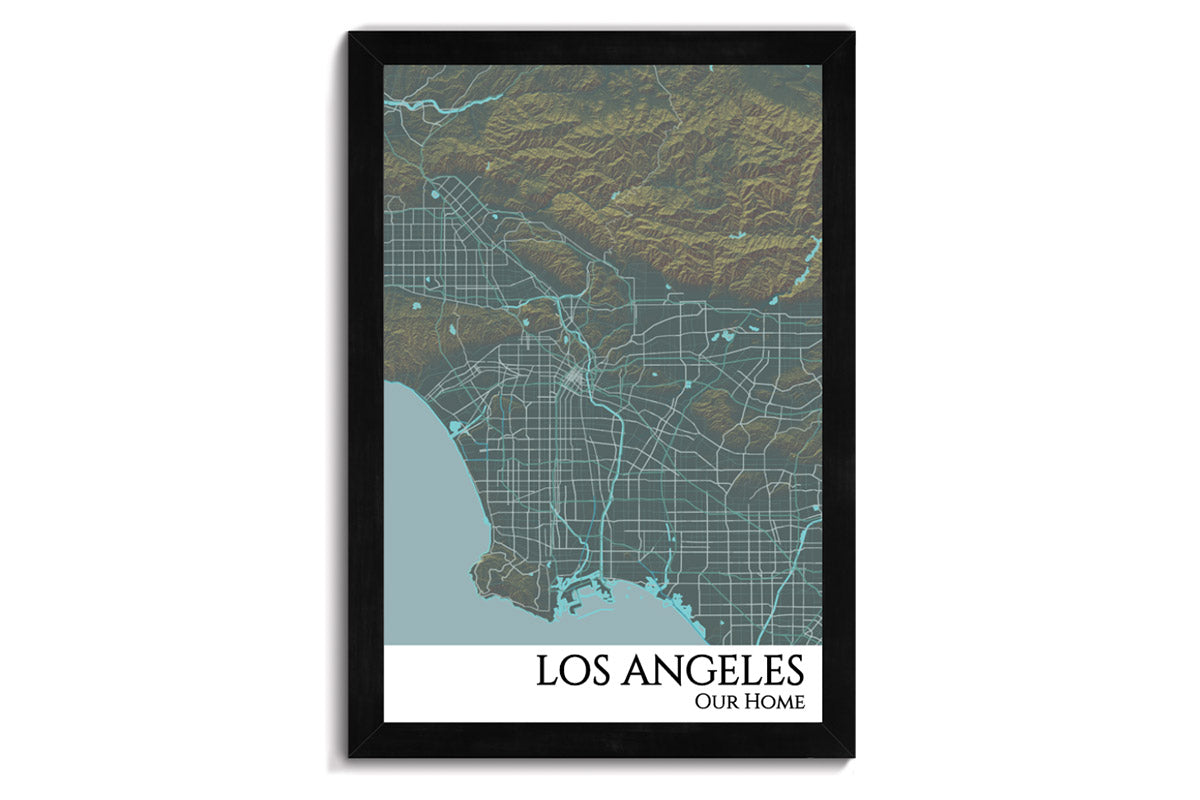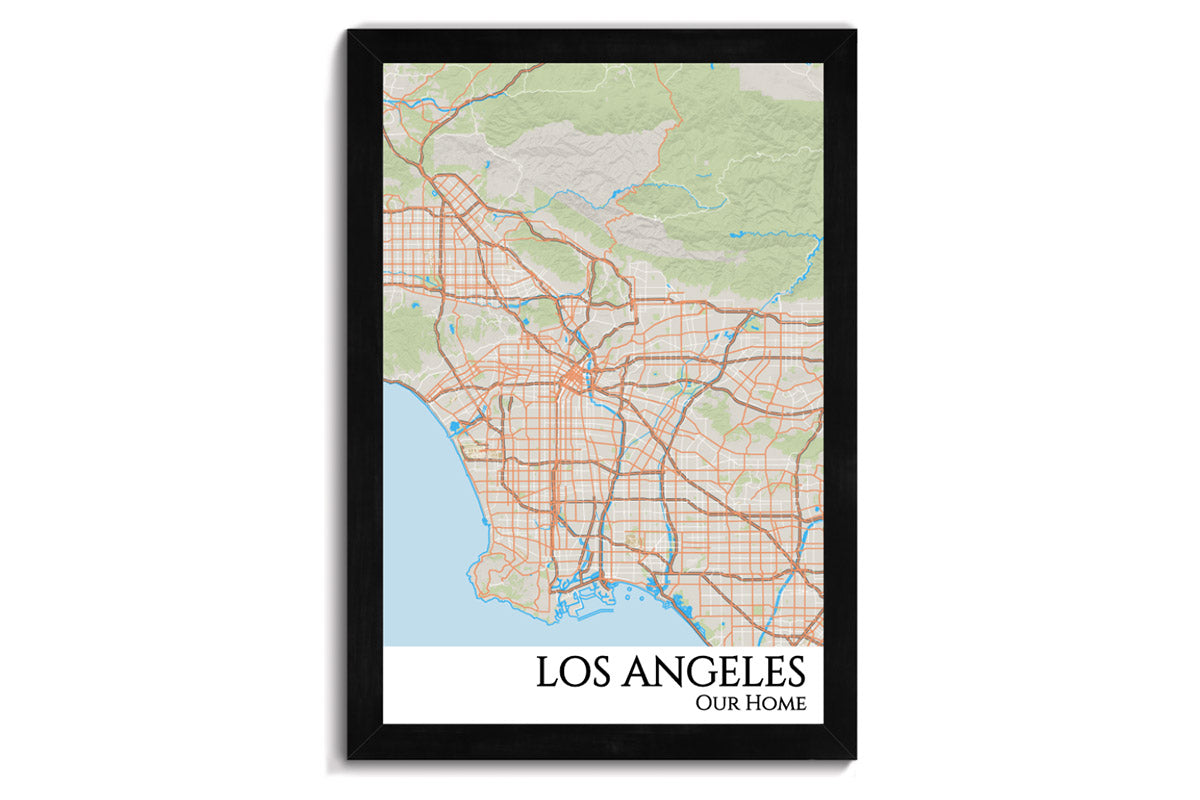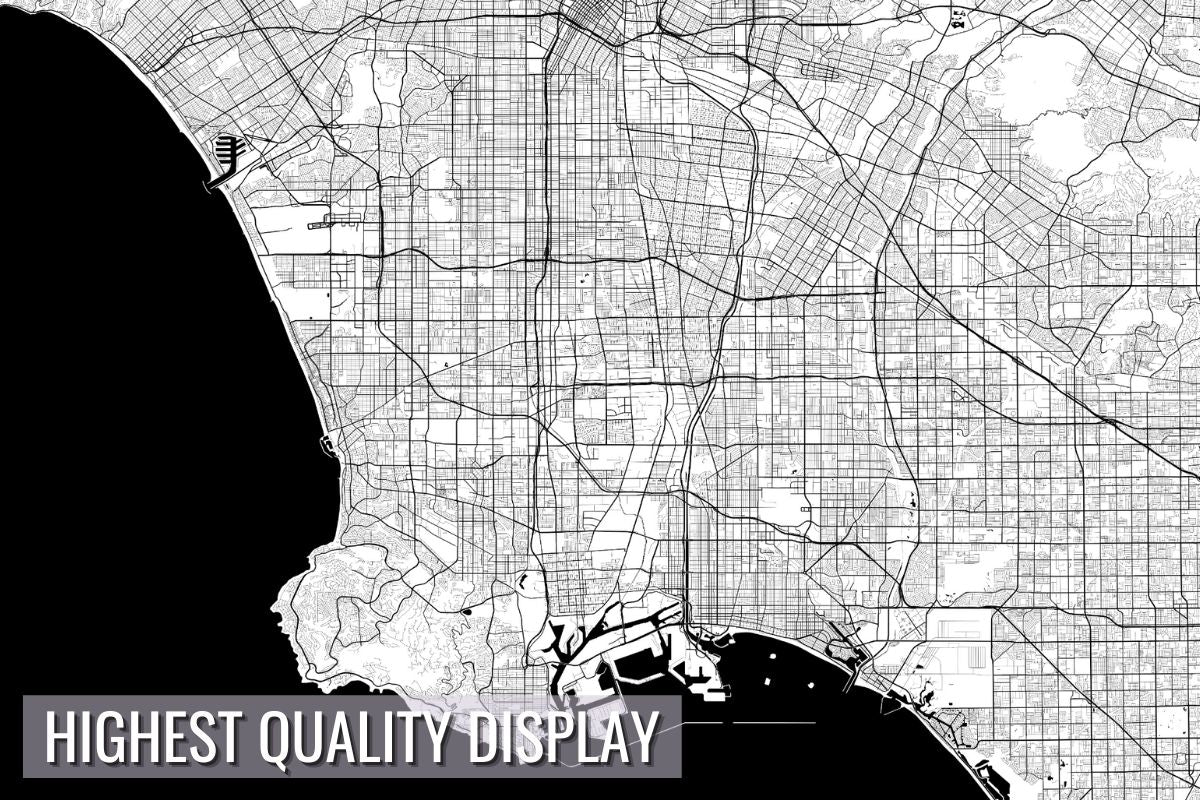The History of Los Angeles: From Indigenous Settlements to Global Megacity
Los Angeles, often affectionately called L.A., is a city of dreams, diversity, and dynamism. Its history is a tapestry of indigenous cultures, Spanish colonization, Mexican rule, American expansion, and waves of immigration that have transformed it into the global metropolis we know today. To truly understand Los Angeles, we must embark on a journey through time, exploring the forces and events that have shaped this iconic city.
Indigenous Roots:
Before the arrival of European explorers, the region that is now Los Angeles was inhabited by indigenous peoples for thousands of years. The Tongva people, also known as the Kizh or Gabrieliño, were the prominent Native American tribe in the area. They lived in settlements called "hutash" and "tongva" along the Los Angeles River and the coastal plains.
The Tongva were a sophisticated culture with an intricate social structure. They were skilled hunters and gatherers, relying on the abundant resources provided by the diverse Southern California landscape. Acorns, seeds, and coastal seafood were staples of their diet. The Tongva also had a rich spiritual life and a deep connection to the land they inhabited.
Spanish Colonial Era:
The arrival of Spanish explorers in the late 18th century marked a significant turning point in the history of Los Angeles. In 1769, Gaspar de Portolà led an expedition to establish the first European presence in California. Father Junípero Serra, a Franciscan missionary, accompanied the expedition with the goal of converting indigenous peoples to Christianity.
The Mission San Gabriel Arcángel, founded in 1771, played a pivotal role in the colonization of the region. The mission system, under Spanish control, aimed to convert indigenous people to Catholicism while teaching them European farming and husbandry techniques.
In 1781, the Pueblo de Los Angeles was established as a farming community near the Los Angeles River. It marked the beginning of European settlement in the area that would become modern-day Los Angeles.
Mexican Rule and Secularization:
With the Mexican War of Independence in 1821, California fell under Mexican rule. During this period, the missions' influence waned as their lands were secularized, leading to the distribution of land grants to Mexican settlers.
Rancho Los Cerritos, granted to Manuel Nieto in 1784, was one of the notable land grants in the region. The rancho system allowed for cattle ranching and agriculture to flourish in the fertile lands surrounding Los Angeles.
American Expansion:
In 1846, the United States took control of California during the Mexican-American War. The Treaty of Guadalupe Hidalgo in 1848 officially ended the war and ceded California, among other territories, to the United States. California was then admitted as the 31st state of the Union in 1850.
Early American Los Angeles:
The mid-19th century saw the gradual transformation of Los Angeles from a small Mexican-era pueblo into an American city. The discovery of gold in California in 1848 brought a rush of fortune seekers and immigrants to the region. Los Angeles became a critical center for trade and transportation.
The Southern Pacific Railroad arrived in Los Angeles in 1876, connecting the city to the national rail network and spurring economic growth. The 1880s and 1890s marked a period of significant real estate development and urbanization.
The Rise of Hollywood and Entertainment:
The early 20th century brought a seismic shift in Los Angeles's identity with the rise of Hollywood as the entertainment capital of the world. The film industry, initially based in New York, migrated to Los Angeles to escape the restrictive patents held by Thomas Edison's Motion Picture Patents Company.
Pioneering filmmakers like Cecil B. DeMille and D.W. Griffith established studios in Los Angeles, taking advantage of the city's diverse landscapes and favorable climate for outdoor shooting. Silent films gave way to "talkies" with the release of "The Jazz Singer" in 1927, further cementing Hollywood's status as the center of the film industry.
World War II and Postwar Transformation:
World War II had a profound impact on Los Angeles. The region's strategic location on the Pacific Coast led to the establishment of military bases and defense-related manufacturing. Thousands of soldiers and defense workers flocked to the city, sparking a population boom.
The postwar period brought continued growth and expansion. The construction of freeways, the aerospace industry, and the development of suburbs reshaped the urban landscape. The iconic image of Los Angeles as a city of cars and freeways began to take shape.
Civil Rights Movement and Social Change:
The mid-20th century brought significant social change to Los Angeles. It became a focal point of the civil rights movement, with activists like Martin Luther King Jr. advocating for equality and justice. The Watts Riots of 1965 highlighted racial tensions and economic disparities in the city.
Modern Los Angeles:
Today, Los Angeles is a global cultural and economic powerhouse. Its diverse population reflects the city's status as a melting pot of cultures and backgrounds. The city's entertainment industry continues to thrive, with Hollywood producing blockbuster films and groundbreaking television shows.
Los Angeles's economy is diverse, with thriving industries in technology, aerospace, healthcare, and international trade. The Port of Los Angeles, located in San Pedro Bay, is one of the busiest ports in the world, facilitating global commerce.
The city's iconic landmarks, from the Hollywood Sign to the Griffith Observatory, attract millions of tourists each year. Los Angeles is also renowned for its museums, including the Getty Center and the Los Angeles County Museum of Art (LACMA).
Challenges and Opportunities:
Los Angeles, like any major city, faces its share of challenges. Issues related to traffic congestion, urban sprawl, and income inequality persist. The city also experiences periodic challenges related to natural disasters, including earthquakes and wildfires.
However, Los Angeles continues to evolve and adapt. The city has invested in public transportation and sustainability initiatives, aiming to reduce its carbon footprint. The tech industry is growing, attracting startups and entrepreneurs to the region. Additionally, Los Angeles's cultural diversity remains a source of strength, fostering innovation and creativity.
In conclusion, Los Angeles's history is a story of resilience, transformation, and diversity. From its indigenous roots to Spanish colonization, Mexican rule, American expansion, and the rise of Hollywood, it has continually reinvented itself. Today, Los Angeles stands as a testament to the American dream, a place where people from around the world come to pursue their aspirations and contribute to the rich tapestry of this global megacity.

